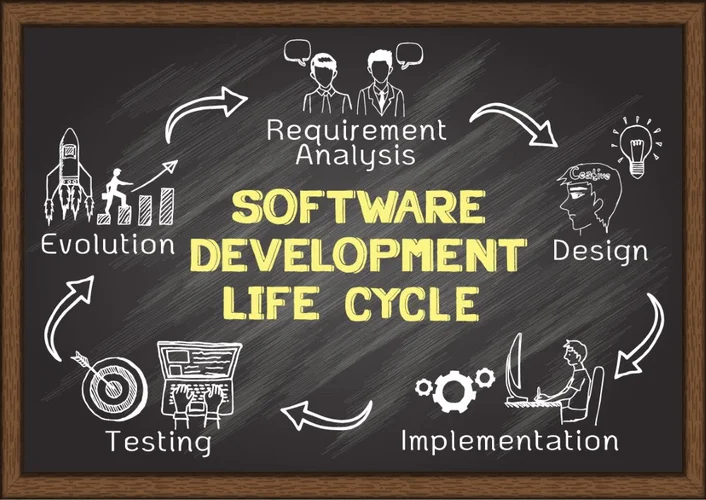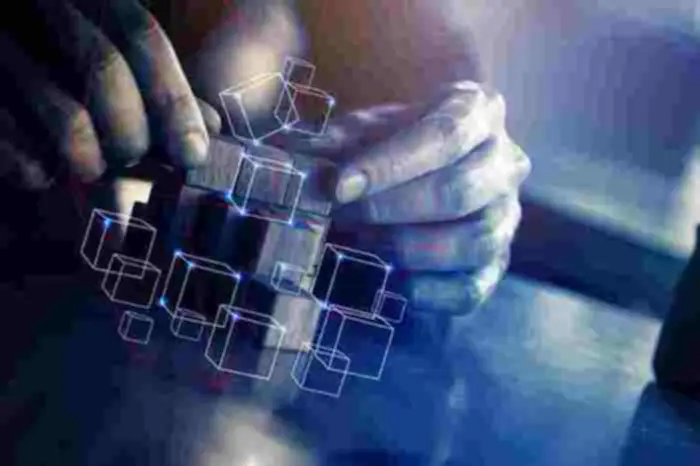The Ultimate Information To Requirements Traceability Matrix Rtm
Creation and maintenance of those matrices are sometimes automated with necessities management tools with the flexibility to show them visually in many types and even hard copy if required. A Requirement Traceability Matrix isn’t just a document but a strategic device that brings readability, direction, and quality to your software program growth projects. By integrating an RTM into your project administration traceability matrix definition process and using collaborative instruments like Miro, you can streamline requirement tracking and improve team collaboration and stakeholder engagement. When you embrace the RTM with confidence, it transforms the complexity of project necessities into a navigable and manageable journey.
Copy And Paste Requirements From Your Necessities Doc
- Through this matrix, one can simply ensure all the necessary areas are tested completely and, thus, guarantee a seamless person expertise.
- One may are inclined to think whether or not all these efforts are worth it, without compromising on the discharge timeline and total high quality.
- We will even have time to examine out a necessities traceability matrix template and different tools obtainable to expedite the process.
- The main agenda of every tester should be to understand the client’s requirement and ensure that the output product ought to be defect-free.
- An expectation of FDA is that you can present proof of documented traceability analysis or a traceability matrix linking product design requirements, design specifications, dangers, controls and exams.
RTM helps you trace these shifts and how it impacts each a part of your project. That means tracing forward from necessities to source code to test instances to test runs to issues. You must also be succesful of hint again from necessities to enterprise goals or aims (to reply why the requirement is there). You can see an up-to-date traceability matrix report any time you wish to. That means you can use Conversation Intelligence the traceability matrix to make knowledgeable choices all through development.
Introduction To Requirement Traceability Matrix

To simplify it, bi-directional traceability ensures the tracing of all test cases to necessities and whether all specified necessities have valid and accurate test circumstances. In the context of AI, a Traceability Matrix can be significantly useful. AI techniques could be complex and multifaceted, with many alternative parts and requirements.
Create A Free Traceability Matrix With Helix Alm
But whenever you observe necessities from those regulations in a compliance matrix, it’s simpler to understand what you should develop and check. And that helps you observe your tests and test ends in relation to those requirements. A traceability matrix in software testing — in any other case often recognized as a take a look at matrix — is used to show that checks have been run. Traceability helps the medical device trade in different methods, too.

Application lifecycle management instruments embrace requirements administration capabilities that are mature and are typically the hub for traceability. Also known as reverse traceability, backward traceability ensures the present product improvement is heading in the best direction. It helps ensure that there are not any added unspecified extra functionalities That may compromise the project’s scope. It’s liable for mapping test instances to their respective necessities. You might return and search via old docs to search out requirements.
Finally, it supplies steering on creating one in your organization based on real-life examples from a quantity of corporations that have efficiently implemented this follow. Keeping track of project requirements and deliverables can be some of the difficult elements of managing a project—and that’s the place a necessities traceability matrix can turn out to be useful. Read on to study extra about what a requirements traceability matrix (RTM) is and what makes it a priceless project software.
Begin by systematically listing all project necessities, ensuring they’re well-written and logically organized. This approach aids in identifying traceability gaps during testing and aligning test scenarios with project requirements. This parameter consists of wireframes, design paperwork, and functional specifications. Linking requirements to design components aligns specified options with applied functionalities. Once your RTM is complete, you possibly can duplicate your processes and workflows in Wrike by creating a template for the ones you intend to repeat.
By understanding the completely different types and parameters of RTMs, and following a structured creation course of, teams can improve their project’s traceability and quality. Best practices similar to maintaining clear and unique identifiers, common updates, and powerful collaboration amongst stakeholders are essential for the RTM’s success. Ultimately, a well-maintained RTM ensures that every one project requirements are met, contributing to successful project outcomes and excessive stakeholder satisfaction. Throughout the project life cycle, the RTM serves as a useful software for monitoring and controlling project progress. Project managers can leverage the RTM to trace the status of every requirement and its corresponding artifacts.
You can use it to audit existing artifacts (such as user stories or test cases) and verify whether or not they correlate along with your requirements or not. You also can use it to audit necessities to ensure there are no gaps in your code. Having an RTM in place will help you quickly identify lacking or incorrect requirements and shut gaps in your project.
If you are new to creating an RTM, you may discover that it is not easy to get started. You will most probably spend plenty of time researching tools, templates, and greatest practices that shall be useful to your team. One of the best methods to create an RTM is to use a device that makes it easy to create a visible representation of your project and import knowledge out of your supply management system. As a Business Analyst, one of the important instruments in your arsenal is the Traceability Matrix. It would possibly sound like a complex time period, but at its core, it is a structured strategy to guarantee that every requirement set forth by stakeholders is met, and every facet of your project aligns seamlessly.
And it calculates your risk rating — the number that tells you how critical the risk is. Bidirectional traceability is the flexibility to hint forward (e.g., from requirement to test case) and backward (e.g., from check case to requirement). It ought to allow end-users to implement product filtration based mostly on measurement, colour, brand, etc. It should allow customers to browse through their completely different merchandise with filtering options. Those ought to stay the same, even if you reorder your requirements list or reuse a requirement.
Updating the traceability matrix ensures the staff is aligned with the necessities and project scope doc. The first step to construct a requirements traceability matrix is to create the template, or shell, of your matrix. This is the place you’ll determine what you want to trace and why, and gather the mandatory paperwork.
However, many of these present instruments require guide documentation from each the developers and high quality assurance groups, taking hundreds of hours away from product development and security. The first step to creating an RTM matrix is to gather and document every requirement for the project. By adequately documenting all of the project necessities, project teams can establish a stable foundation for a traceability matrix.
A traceability matrix (TM) is a doc that correlates any two baselined documents which require a many-to-many relationship comparability, checking the completeness of stated relationship. It is a mixture of forwarding and backward traceability matrix, which is used to make sure that all of the enterprise needs are executed within the take a look at instances. It additionally evaluates the modification within the requirement which is happening because of the bugs in the software.
Transform Your Business With AI Software Development Solutions https://www.globalcloudteam.com/ — be successful, be the first!




Geef een reactie